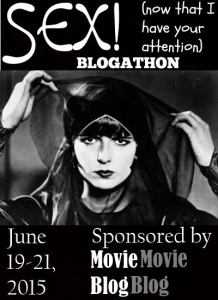In past years, James Gray was noted for his contemporary films such as
The Yards,
We Own the Night and
Two Lovers. His most recent film
The Immigrant is his first to be set in a bygone era, one where those living in it struggled to survive.
Much like Gray's previous films,
The Immigrant focuses on the behavior of people. Everyone behaves in different ways in certain situations, and Gray shows that to the fullest. (Sometimes the devil is in the details.)
Speaking of which, much like how
The Yards had elements similar to those in
The Godfather,
The Immigrant has elements that heavily parallel the story of Vito Corleone in
The Godfather Part II. Specifically Darius Khondji's cinematography deeply resembles Gordon Willis' work, how each shots likens to an aged photograph from the era. It also adds to the film's overall mood.
Starring in
The Immigrant are Marion Cotillard, Joaquin Phoenix and Jeremy Renner, all of whom have thankfully been recognized by AMPAS several times over the last decade or so. Here, the trio (
especially Cotillard) prove that they're some of the best actors working today. It won't be long before they win an Academy Award. (Or in Cotillard's case, another one.)
The Immigrant is a quiet film but also a stunning one. The many details of the film make for an amazing combination. And much has been said about the final shot. It doesn't take much to see why.
My Rating: ****1/2








